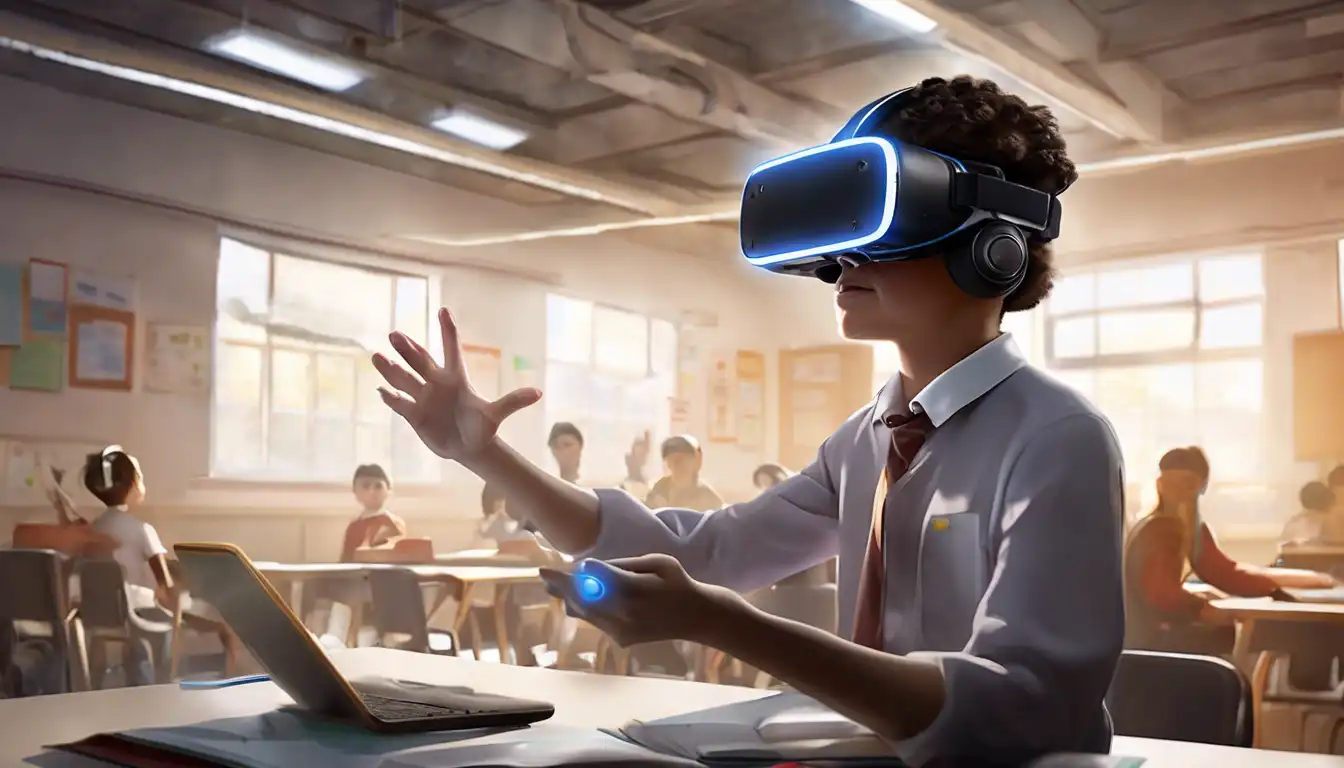The Transformative Impact of Virtual Reality on Learning and Development
Virtual Reality (VR) technology has rapidly evolved from a futuristic concept into a practical tool with the potential to revolutionize education and training. By creating immersive, interactive environments, VR offers unparalleled opportunities for experiential learning, making it a powerful asset in both academic and professional settings.
Why VR is a Game-Changer in Education
Traditional learning methods often struggle to engage students fully, but VR can transform passive learning into an active experience. For instance, history students can virtually visit ancient civilizations, while medical students can practice surgeries in a risk-free environment. This hands-on approach not only enhances understanding but also retention rates.
VR in Professional Training: Beyond the Classroom
Beyond academia, VR is making waves in professional training. Industries such as aviation, healthcare, and manufacturing are leveraging VR to simulate real-world scenarios. This allows trainees to gain practical experience without the associated risks or costs, significantly improving learning outcomes.
Key Benefits of VR in Education and Training
- Enhanced Engagement: VR's immersive nature captures learners' attention more effectively than traditional methods.
- Safe Learning Environment: It provides a safe space to practice high-risk tasks, from surgical procedures to heavy machinery operation.
- Accessibility: VR can bring distant or inaccessible locations right into the classroom or training center.
- Customizable Scenarios: Educators and trainers can tailor VR experiences to meet specific learning objectives.
Challenges and Considerations
Despite its potential, VR in education and training faces hurdles such as high costs, technological limitations, and the need for specialized content. However, as technology advances and becomes more affordable, these challenges are gradually being overcome.
The Future of VR in Learning
The future of VR in education and training looks promising, with ongoing advancements in technology and pedagogy. As VR becomes more integrated into learning environments, it will continue to open new avenues for innovative teaching and training methods.
For more insights into how technology is shaping education, explore our articles on the impact of AI on education and emerging trends in e-learning.
